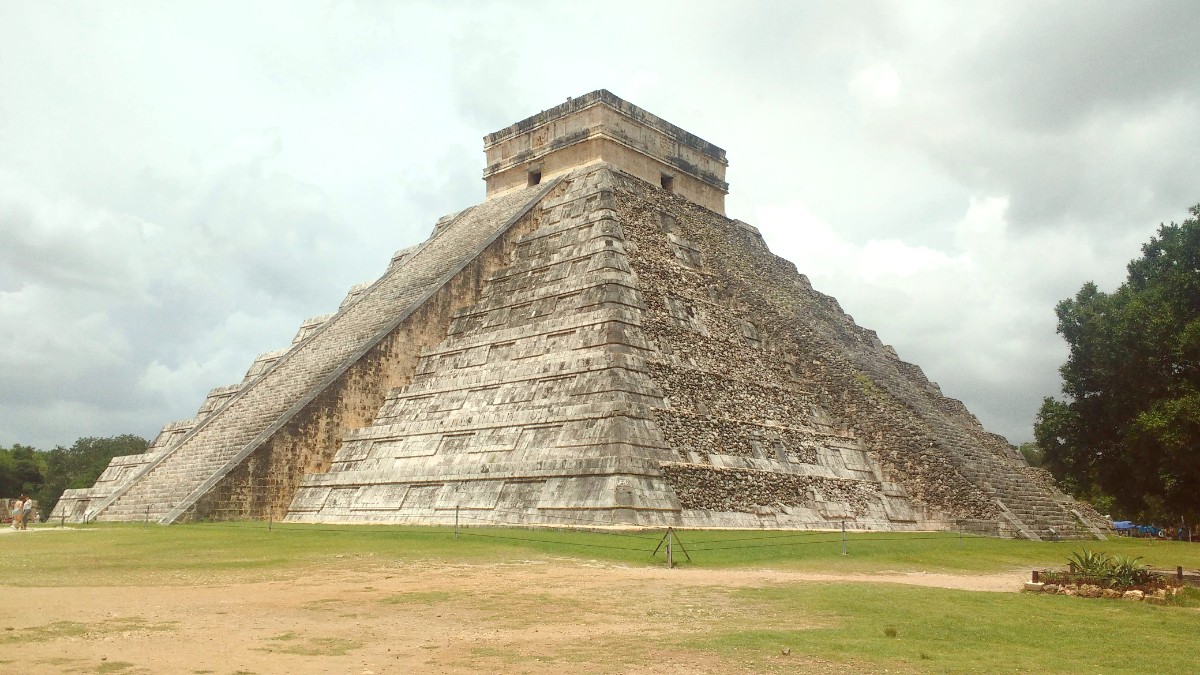
Guatemala
Guatemalan cuisine holds deep roots in ancient Maya traditions, combined with ingredients and cooking techniques from Spanish conquistadors. Corn, or maize, serves as the undisputed staple, forming the base of countless dishes.
Beans and rice are also fundamental components of almost every meal. The cuisine reflects a history of sustainable agriculture and resourceful use of local produce.
Cuisine in the Petén region often features fresh fish from Lake Petén Itzá. Tilapia and other freshwater fish are common catches, grilled or fried. Tropical fruits are also prominent, appearing in fresh juices and desserts.
Dining in Guatemala is generally informal. A 10% tip is customary for good service in sit-down restaurants; check if a service charge is already on the bill. "Buen provecho" is a common greeting. Keep hands visible on the table.
Breakfast (Desayuno) typically between 7-9 AM, including eggs, beans, plantains. Lunch (Almuerzo) is the largest meal, 12-2 PM, often a "menu del día." Dinner (Cena) is lighter, from 7 PM onwards.
A rich, dark, mildly spicy meat stew, often chicken, beef, or pork, in a thick sauce from roasted tomatoes and spices. Served with rice and tortillas. Find authentic Pepián in many traditional Flores restaurants.
Considered one of Guatemala's national dishes.
A traditional Mayan turkey soup, deeply flavorful with a red color from achiote. It includes herbs, spices, potatoes, and green beans. Served with small tamales and rice. Some specialty restaurants in Flores might offer it.
A deeply flavored Mayan turkey soup.
Tamales are steamed masa filled with meat, wrapped in husks or leaves. Hilachas features shredded beef in a savory, slightly spicy tomato-based sauce, with potatoes and rice. Grilled or stewed chicken (Pollo a la Plancha/Guisado) is also widely available.
Essential staples of Guatemalan cuisine.
Rellenitos are sweet plantain dough balls filled with sweetened black beans, then fried. Plátanos Fritos are simply fried slices of ripe plantains, often a side dish or snack.
Buñuelos are light, fried dough balls, typically covered in a sugary syrup. During Día de Todos los Santos (November 1st), Fiambre, an elaborate cold salad, is traditionally made.
Fine dining options are limited, but some upscale hotels on Flores Island may offer refined experiences for international palates. Flores Island also has a good selection of mid-range restaurants along the waterfront.
For authentic and very affordable meals, seek out Comedores (local, informal eateries) in Santa Elena and off the main tourist strip in Flores. The central market in Santa Elena is a bustling hub for food stalls.
Santa Elena's central market is the main hub for fresh produce and prepared food. Flores also has smaller fruit and vegetable stalls. International restaurants in Flores serve Italian, American, and sometimes Asian cuisine.
Basic vegetarian options are common: rice, beans, tortillas, plantains, eggs. Vegan options demand clear communication ("sin carne," "sin productos lácteos").
Specify your needs clearly.
Corn-based dishes are naturally gluten-free. Cross-contamination might occur. Halal and kosher options are extremely limited, likely non-existent. Carry a translation card for allergies.
HappyCow app can aid in finding vegetarian/vegan places.
Limited in Flores/Tikal; more common in larger cities like Antigua.
Few in immediate area; specialized eco-tourism tours in Petén may include them.
No major festivals in Tikal/Flores; local village festivals may feature special foods.
Dining inside Tikal National Park is limited to lodge restaurants, serving visitors.
Taste the authentic tastes of Petén, where Mayan traditions and Spanish influences create an unique culinary identity.
Discover new dishes.
Many dishes feature fresh local ingredients, including fish from Lake Petén Itzá and an abundance of tropical fruits.
Savor fresh, seasonal produce.
To aid in communicating dietary needs, consider carrying a translation card.
For a structured culinary experience, look for food tours through GetYourGuide.
This image captures a plate of traditional Guatemalan Pepián.
The image conveys the essence of this signature Guatemalan dish.
Let this image inspire your taste adventure through Guatemalan cuisine.
When trying street food, choose vendors with a high turnover and freshly prepared, hot items.
Prioritize hygiene.
A 10% tip is standard for sit-down restaurants if service is good. Always verify if a service charge is already included in your bill.
Be aware of included charges.
Do not miss Rellenitos (sweet plantain and bean balls) and Plátanos Fritos (fried ripe plantains) for a local sweet treat.
Experience world-renowned Guatemalan coffee, known for its rich flavors and aromas. Enjoy it black or with milk.
Sample local beers like Gallo or Famosa, or try Quetzalteca Especial, a local sugarcane liquor.